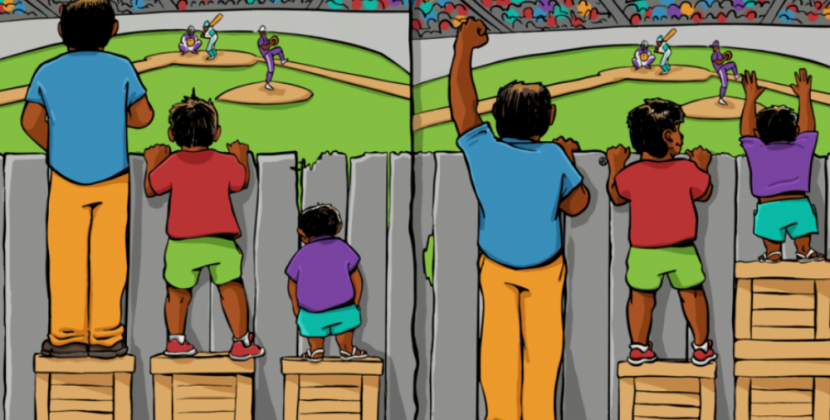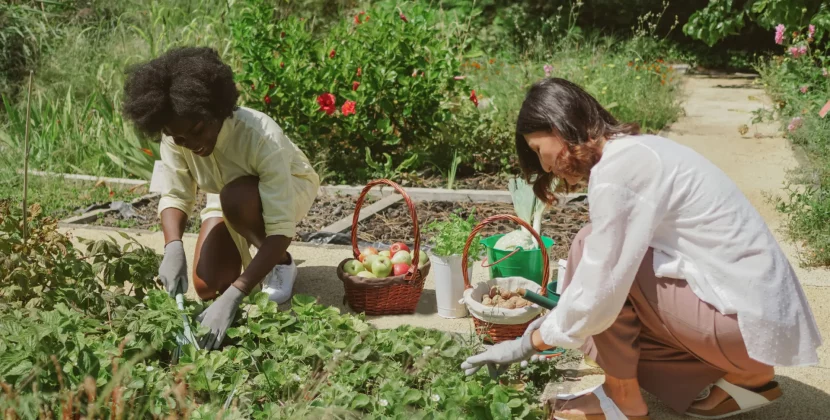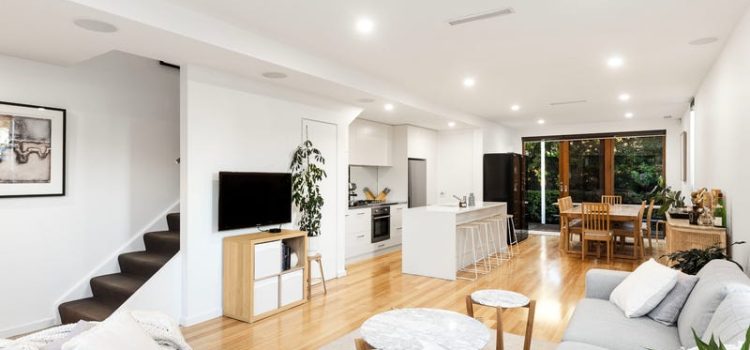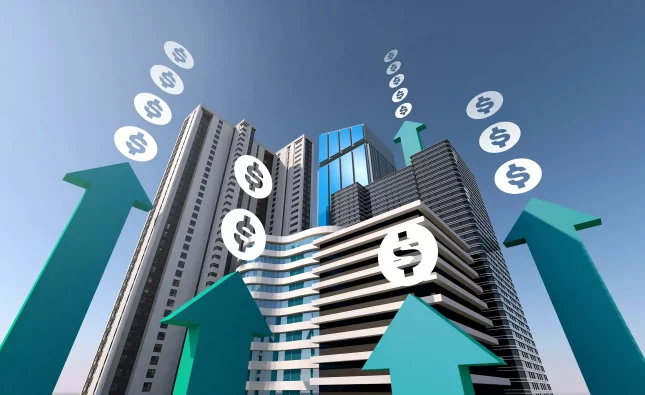
In the ever-evolving landscape of urban and suburban development, the role of real estate in shaping neighborhoods is nothing short of transformative. This shift from conventional development to what we might aptly term “Community Development 2.0” has profound implications for how we live, work, and thrive in the places we call home.
Real estate has historically been a cornerstone of human civilization, influencing the way we organize ourselves, build our cities, and connect with one another. But today, it’s not just about erecting structures and selling properties; it’s about crafting the very soul of a neighborhood.
The real estate industry is evolving, and with it, our cities are undergoing profound changes. It’s not just about square footage and amenities anymore. It’s about fostering a sense of community and belonging. Here, we delve into the ways in which real estate developers are actively shaping our neighborhoods and consider the implications of this new era of community development.
The Transformation of Urban Spaces

In our rapidly urbanizing world, the demands of an increasingly interconnected population have transformed the urban landscape. Real estate developers are now acutely aware that creating appealing, livable neighborhoods extends far beyond the four walls of a house. It’s about public spaces, green areas, shared amenities, and sustainability measures. As urbanization progresses, the role of real estate in creating and fostering vibrant communities becomes ever more crucial.
Building Beyond Walls
The shift towards Community Development 2.0 involves an emphasis on building spaces that facilitate interactions and relationships. Developers are designing mixed-use neighborhoods that encourage walkability, feature community centers, and integrate public art installations. These spaces become more than just locations; they become destinations that draw people together.
Sustainability and the Environment
Sustainability is no longer just a buzzword; it’s a fundamental tenet of modern real estate development. Developers are incorporating energy-efficient technologies, green infrastructure, and sustainable design principles into their projects. This not only appeals to environmentally conscious buyers but also shapes neighborhoods that are healthier and more connected to the natural world.
Addressing Gentrification and Inclusivity
Community Development 2.0 is not without its challenges. The issue of gentrification, in particular, looms large. As neighborhoods are revitalized, it’s crucial to ensure that existing communities are not displaced. Developers and city planners are increasingly focused on maintaining socioeconomic diversity, providing affordable housing options, and involving residents in the decision-making process to create inclusive, equitable neighborhoods.
Conclusion
Community Development 2.0 is a paradigm shift in the world of real estate. It’s about creating more than just houses; it’s about crafting communities. Real estate developers are increasingly taking on the role of urban planners, social engineers, and environmental stewards. This transformation promises a brighter future for our neighborhoods, but it also necessitates careful consideration of its impacts and a commitment to ethical, sustainable development.
As real estate continues to shape the neighborhoods of tomorrow, our role as engaged citizens is to stay informed, hold developers accountable, and actively participate in the creation of our own communities. Community Development 2.0 is, after all, a partnership between developers and residents, and it’s a partnership that holds the potential to build neighborhoods that we’re proud to call home.










